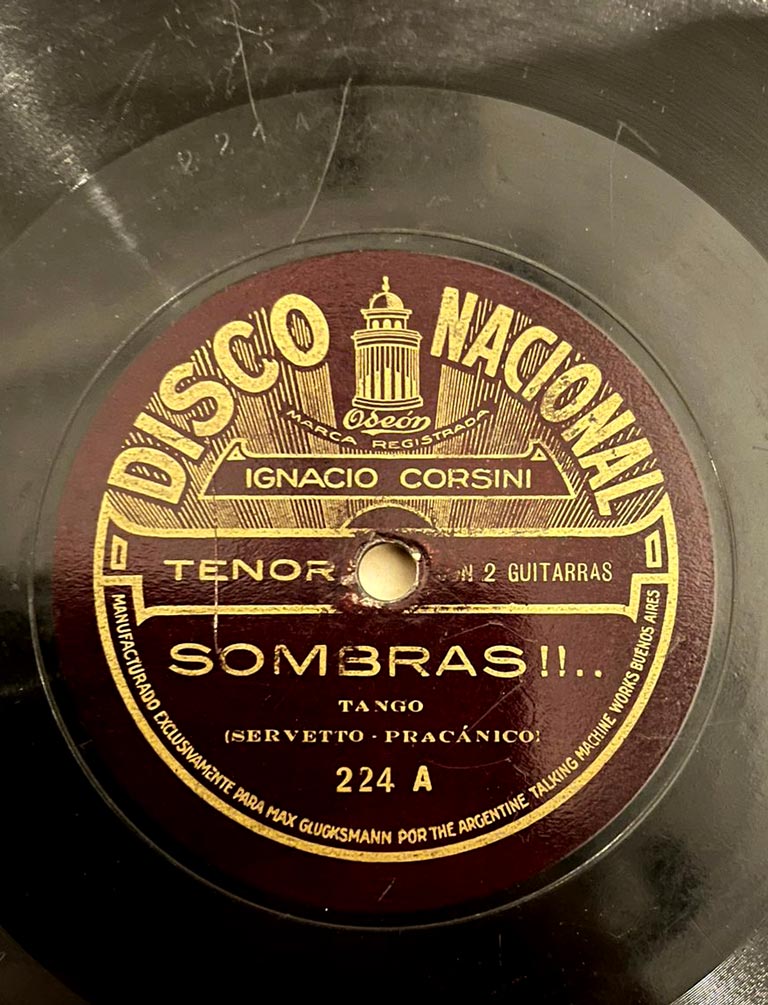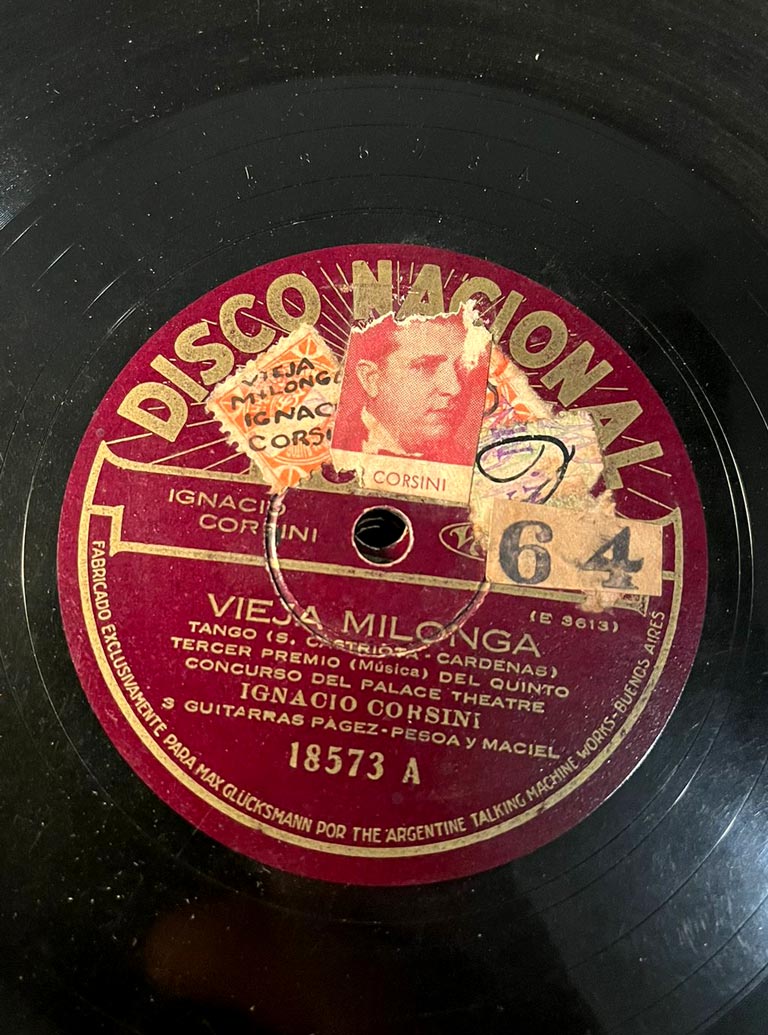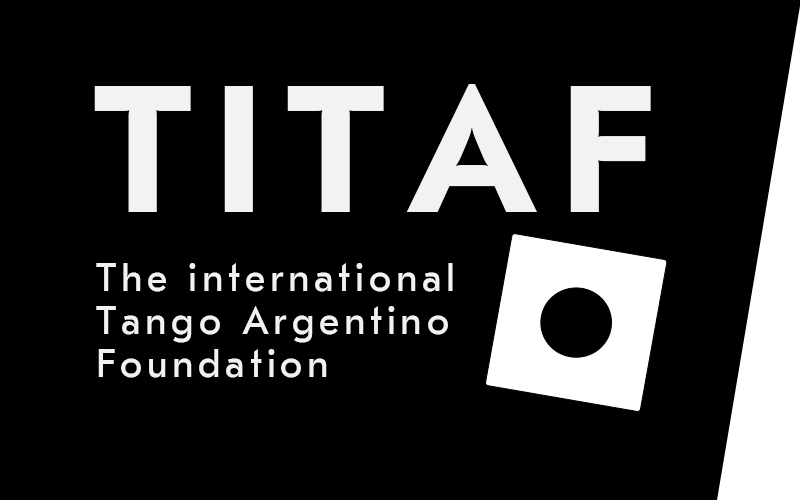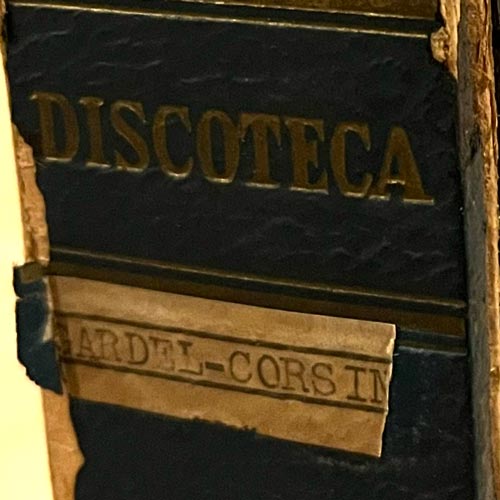El caballero cantor
Ignacio Corsini
An iconic Argentine tango singer and composer known for his unique voice and influential contributions to the genre
Ignacio Corsini, La pulpera de Santa Lucía, vals, 1929
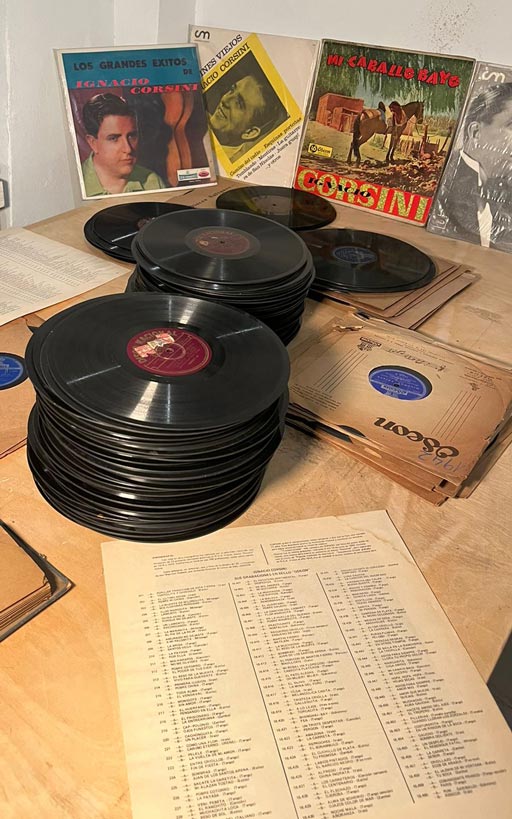

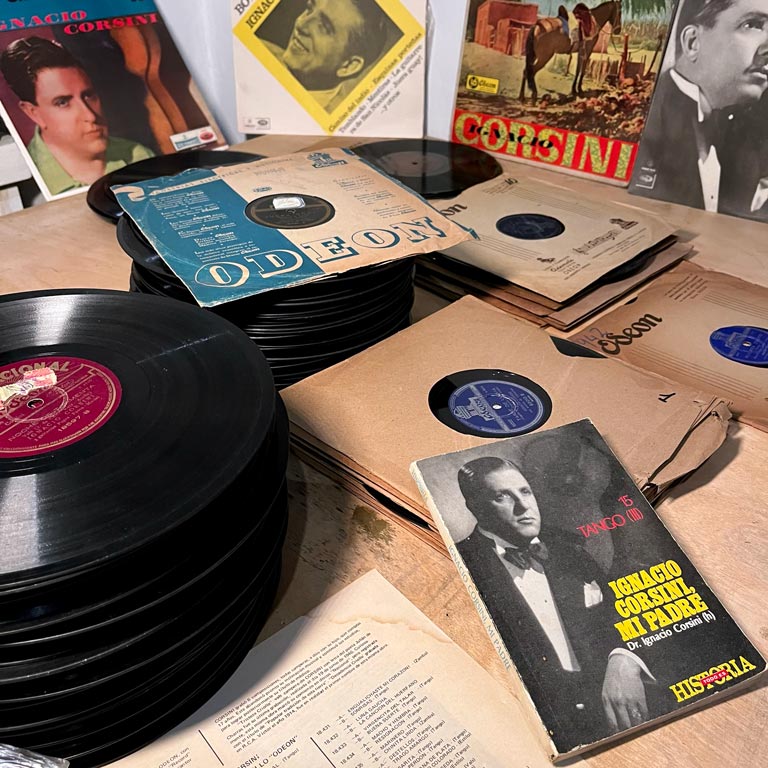

Ignacio Corsini often said, "Birds taught me to sing spontaneously, naturally, and effortlessly, amidst the vastness of nature." His voice had a hometown simplicity, unaffected by formal training. This criollo singer, deeply influenced by the payador José Betinotti, carried a unique nasal tone reminiscent of southern Italy, his birthplace in Troina, Sicily. Despite his Italian roots, he often sang about the local Argentinian culture, including the renowned pulpera.
Born Andrés Ignacio on February 13, 1891, he arrived in Buenos Aires with his mother in 1896. In Carlos Tejedor, a province in Buenos Aires, young Ignacio's pastoral experiences among the gauchos imbibed him with the secrets of singing.
Returning to Buenos Aires, he met José Pacheco, a circus artist, which led Corsini to the theater and eventually to marry Pacheco's daughter, Victoria, in 1911. By 1912, he'd garnered prestige as a singer-actor, recording with the Victor label. However, it wasn't until 1922 that he embraced tango with the premiere of "Patotero sentimental."
Corsini's voice popularized "Caminito," one of the world's most famous tangos, and his own compositions included "Tristeza criolla" and "Flor marchita". Notably, he collaborated with poet Héctor Pedro Blomberg and guitarist Enrique Maciel, producing hits like "La pulpera de Santa Lucía."
After enjoying widespread success, Corsini's later years were marred by the loss of his wife. He gave his last performance in 1949 but briefly returned to the public eye in 1961. On July 26, 1967, this unique voice of tango passed away.
Adapted and refined from todotango.com
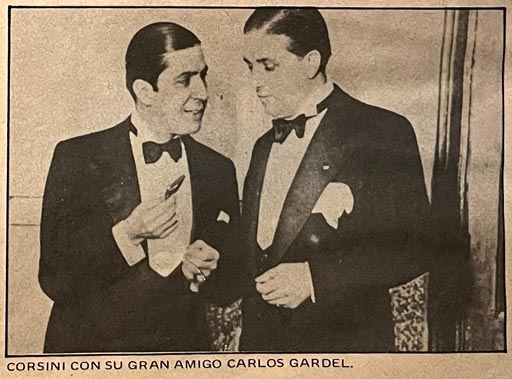

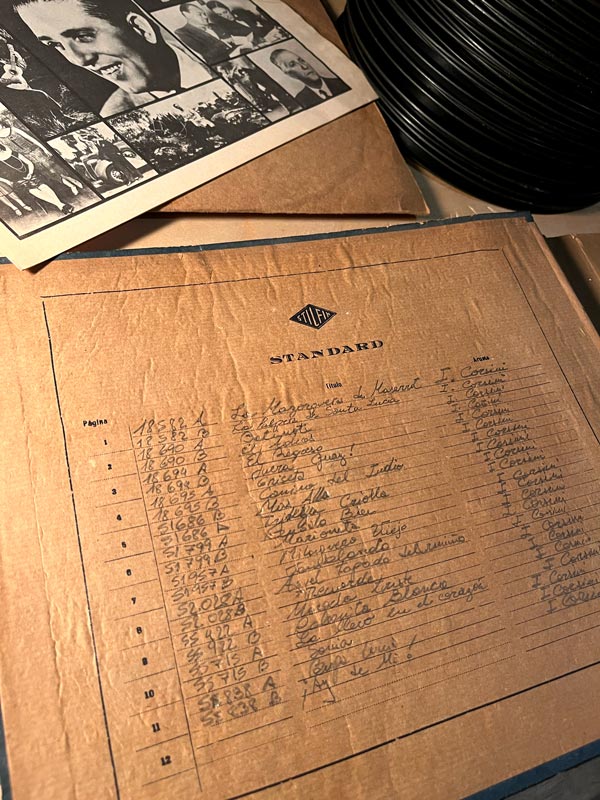

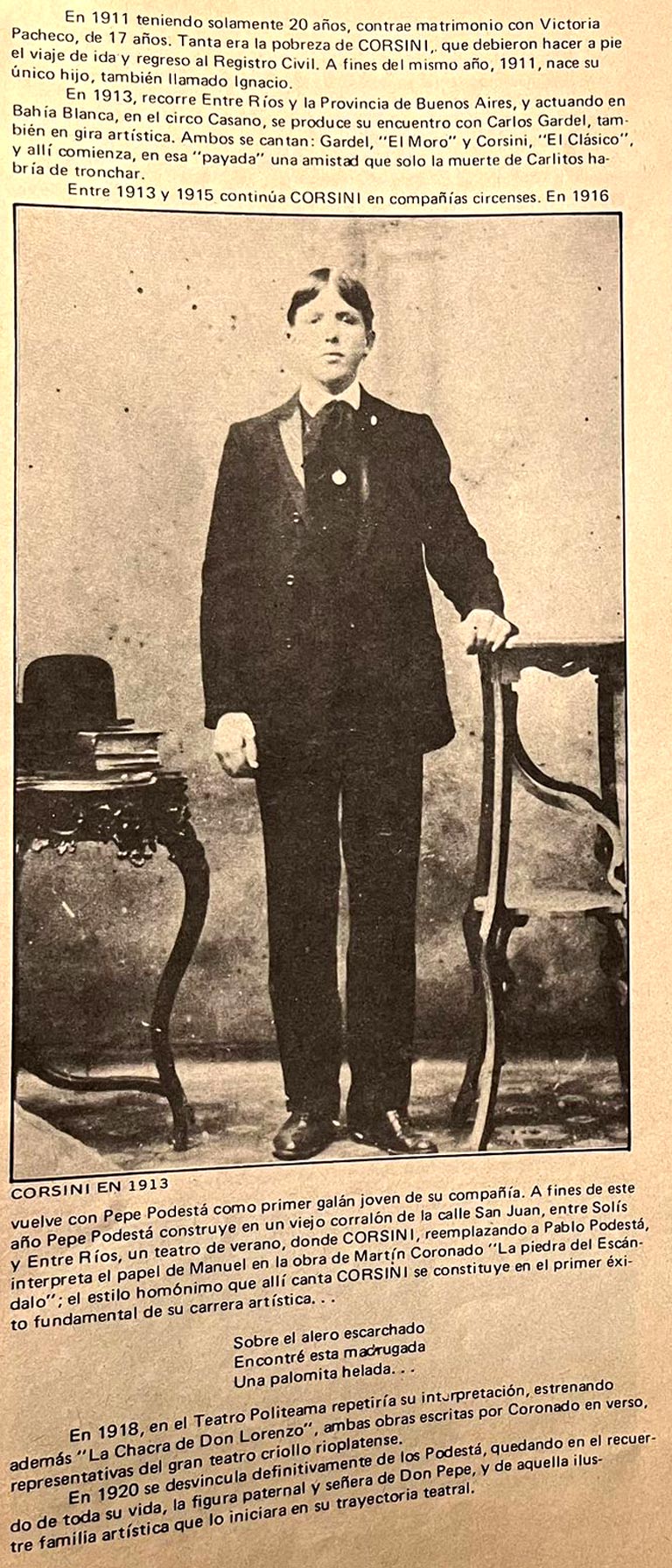

The Corsini Transfer project
Ignacio Corsini boasts an extensive discography, encompassing over 600 recordings that span from 1912 to 1946.
At Titaf, our collection consists of approximately 170 shellac discs (discos de pasta) and a selection of vinyl records. Our dedicated team plans to meticulously clean and photograph these discs. The detailed information and images will then be made available to the public through a comprehensive Wiki.
Upon completion of these preparations, we'll embark on the audio transfer process. To make this project a reality, we've allocated a budget of €18,000. This sum has been divided into 300 shares, with each share priced at €60. If you're passionate about preserving Corsini's legacy, you can support our mission by purchasing one or multiple shares. Regardless of the number of shares you acquire, you'll receive access to all the audio transfers for personal use.
Thank you for considering supporting this invaluable project.
